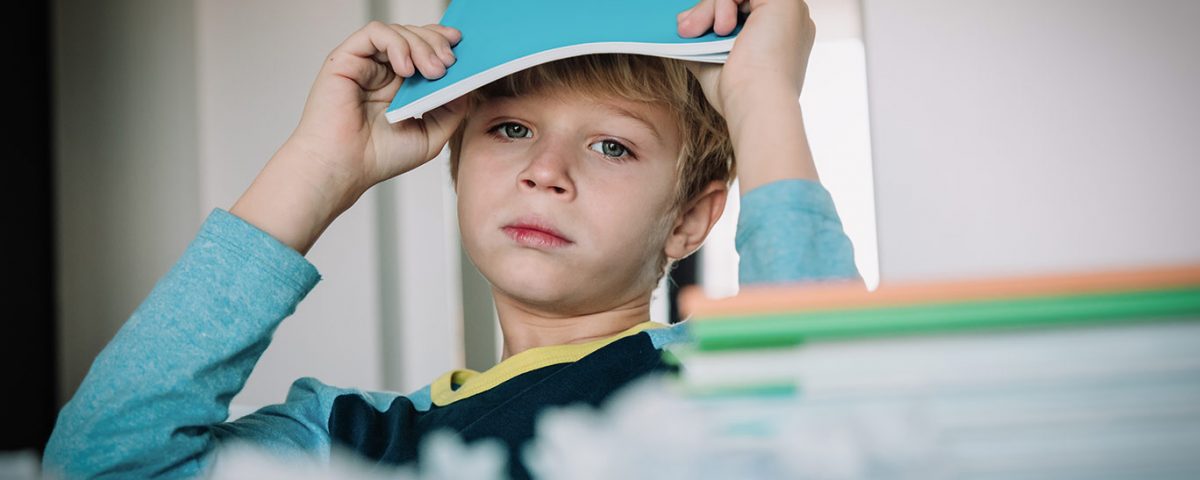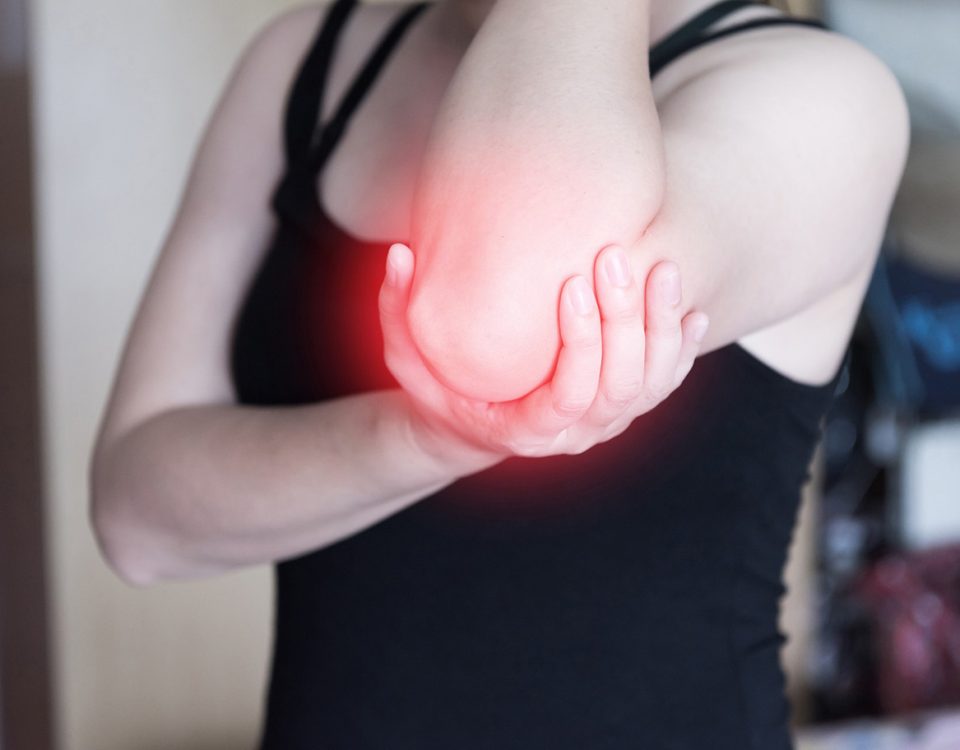
Fibromyalgia Blog
14 May 2018Physical activity and ADHD

What is ADHD?
Attention Deficit and Hyperactivity Disorder (ADHD) is a disorder that is becoming increasingly well known among parents and all school workers. The causes of ADHD development are not clearly defined. Heredity may be an important factor, but a dysfunction in some neurotransmitters and poor lifestyle habits during pregnancy may also be factors in the development of ADHD.
Physical activity, a complementary aid
The benefits of physical activity are numerous for both young and old.
Indeed, physical activity in preschool and school age helps muscle development and the development of coordination and motor skills. Fifty percent of ADHD children have some form of motor difficulty.
In addition to playing on the muscular aspect, physical activity positively influences self-esteem and relationships with others.
It can also be added that, for these children, physical activity can reduce ADHD-related symptoms such as inattention, impulsivity and hyperactivity. In addition, some studies have shown that physical activity in young people taking medication to control attention deficit disorder increases the effect of medication, which would reduce the doses taken by children. Therefore, structured exercise may increase the effectiveness of the medication.
Physical activity also creates a sense of competence in children. It highlights the child’s strengths and efforts, who regularly faces many difficulties in a non-school environment.
ADHD and anxiety, frequent duet
Studies show that children with ADHD are more likely to develop other health problems, including anxiety. Indeed, 25 to 30% of children with ADHD also suffer from anxiety.
The effects of regular physical activity on anxiety have been demonstrated in several studies. Even if the effect is not as significant as the medication, physical activity can be a good complement or alternative to it.
Proven beneficial effects of exercise on ADHD symptoms

- Improves motor development and motor skills
- Mitigates symptoms of inattention, impulsivity and hyperactivity
- Improves mood
- Improves the child’s self-esteem and promotes interpersonal relationships
- Increases the child’s perseverance
What should I do as a physical activity?
What the studies show:
- The period of aerobic physical activity must be more than 20 minutes
- The intensity must be moderate to high
- The exercise session should be structured to capture the child’s attention in addition to working on gross and fine motor skills
Kinesiologists have a university education to choose the right exercises for your child. They target the intensity necessary for your child to get the most out of the exercise.
Feel free to contact us for more information or ask your doctor or neuropsychologist for advice on the benefits of physical activity on ADHD.
References :
- Chevalier N et al. Trouble déficitaire de l’attention avec hyperactivité : Soigner, éduquer, surtout valoriser, Presse de l’Université du Québec, 2009.
- Choi JW et al. Aerobic exercise and attention deficit hyperactivity disorder : brain research. Med Sci Sports Exerc, jan 2015, 47(1) :33-9.
- Pontiflex MB et al. Exercise improve behavioral, neurocognitive, and scholastic performance in children with attention-deficit/hyperactivity disorder. J 2013, mars 162(3) :543-51.
- Smith AL et al. Pilot physical activity intervention reduces severity of ADHD symptoms in young children. J Atten Disord. 2013, Jan 17(1) :70-82.



